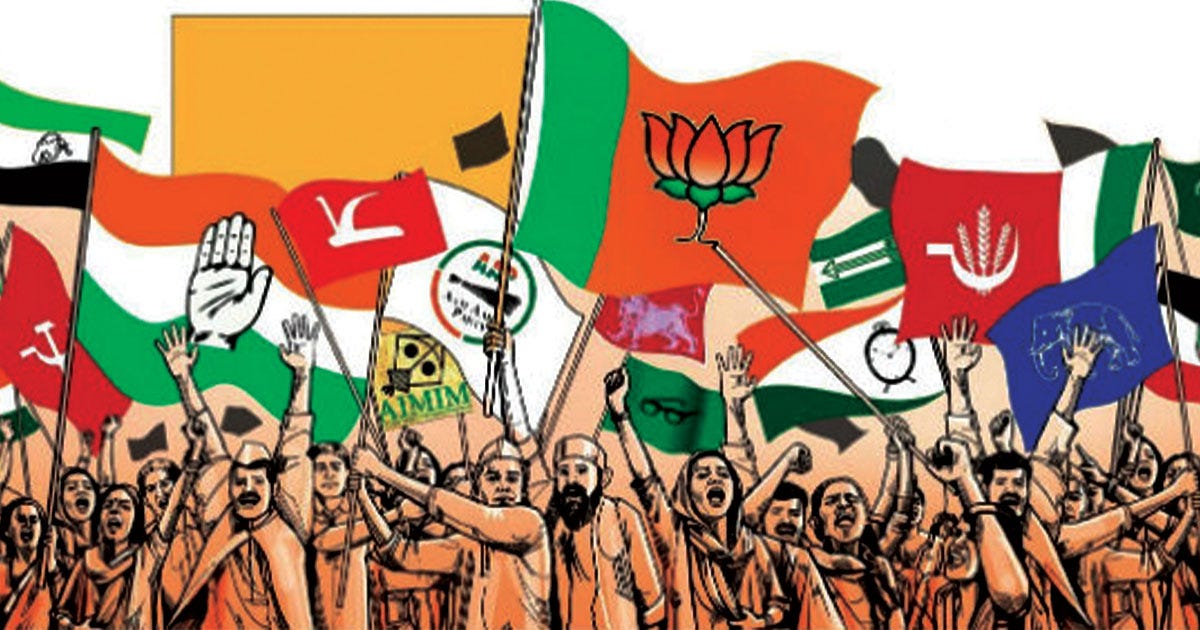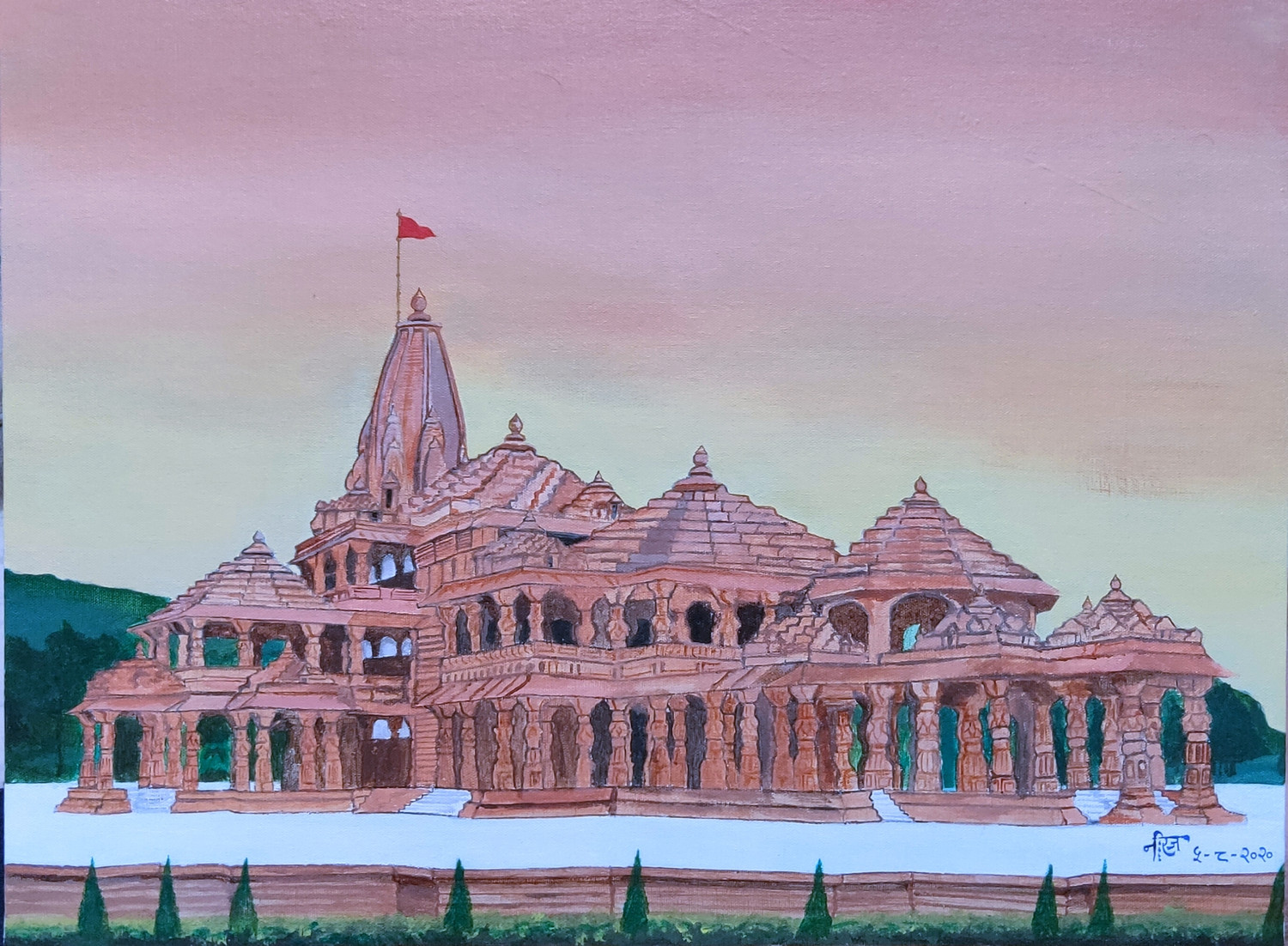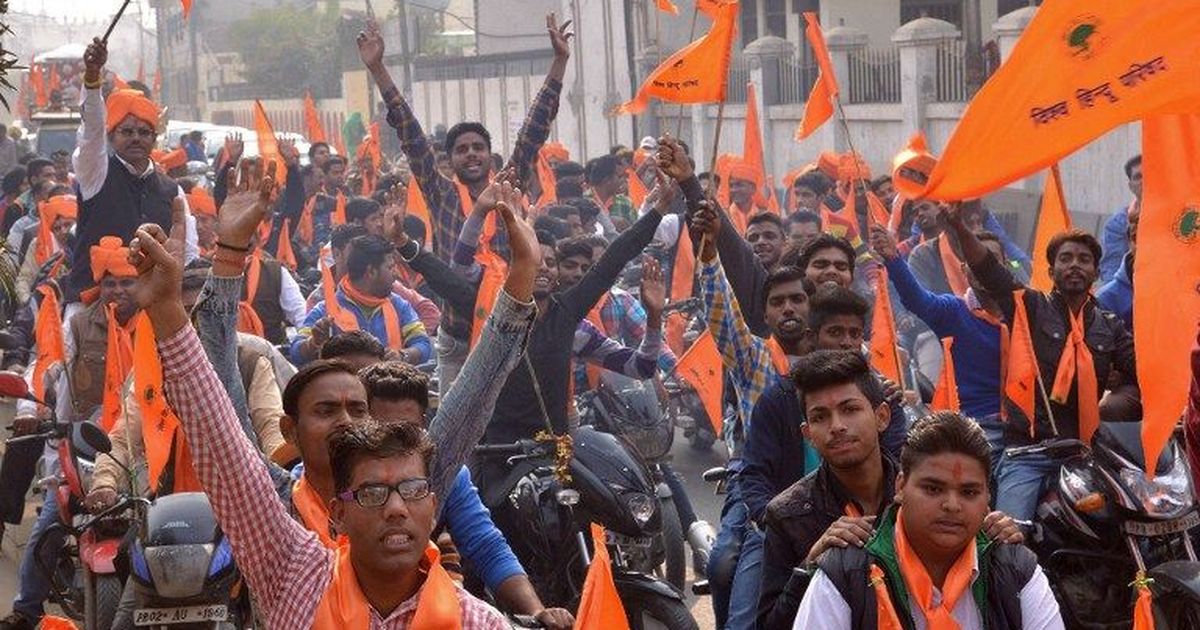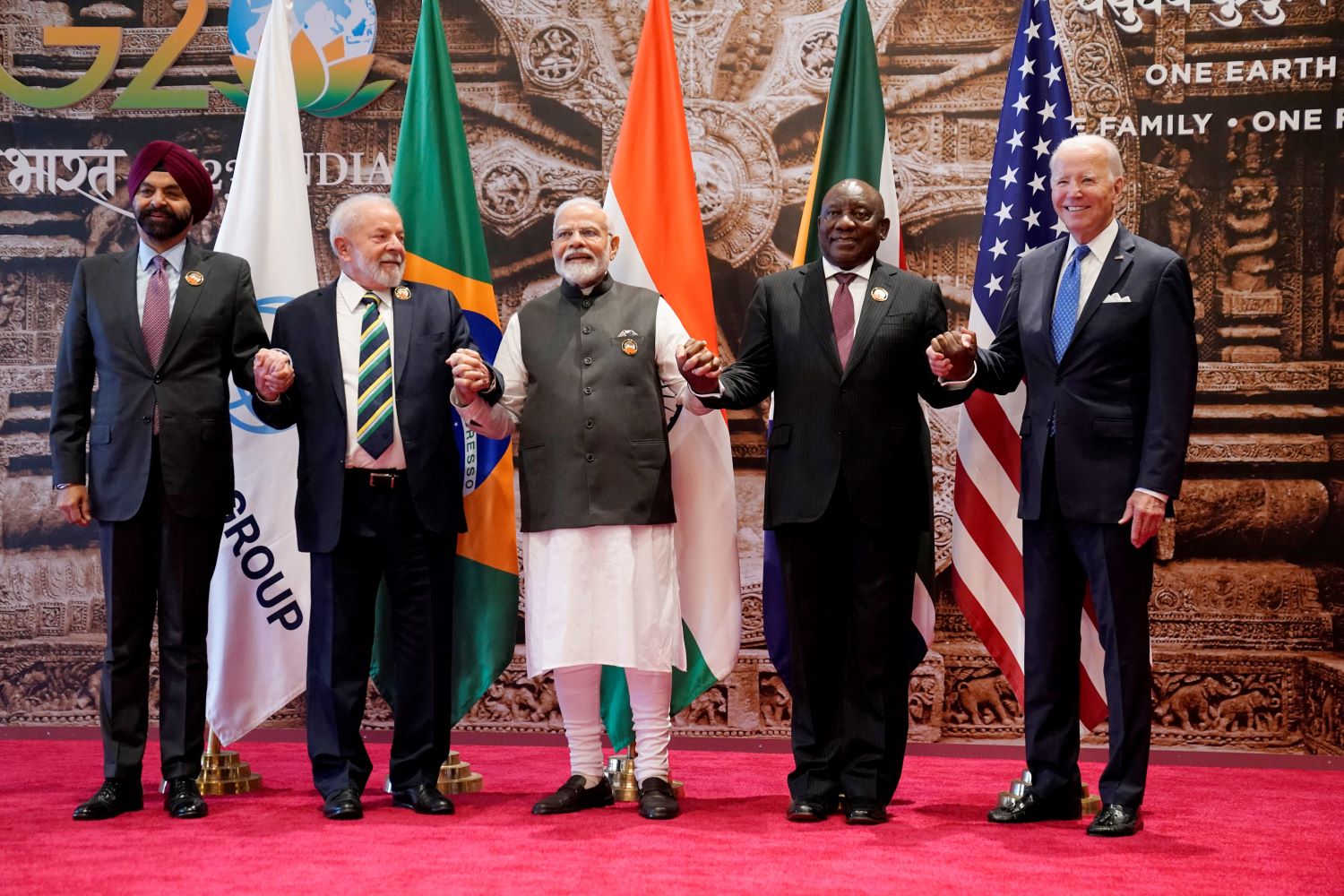The North-South divide in India has reappeared out of nowhere, sparking a heated political discussion that will likely have far-reaching consequences. The main thrust of the argument is that, in contrast to the North, the Southern states have populations that are more educated, economically successful, and have a history of peaceful cultural assimilation. The political inference drawn from this analysis is that the Bharatiya Janata Party (BJP) and its majoritarian Hindutva ideology might find it difficult to establish a foothold in the entire southern area.
But what if this North-South division represents a deeper struggle between two opposing ideas for India rather than just a regional dispute? Could the general elections of 2024 be more than just a regular occasion, acting as a turning point in a larger social revolution?
History teaches us that election mandates can quickly go sour. This was the case in the 2009 general elections for the United Progressive Alliance (UPA), which is led by the Indian National Congress (INC). Though the INC won handily, in the years that followed (2010–2014), it was unable to acknowledge the changing relationship between politics and digital technology and, as a result, lost contact with the views of the upper castes. Right-wing populism was on the rise globally at this time.
Leaders of populist groups in today’s political environment weaponize majoritarian and supremacist identity politics to take advantage of liberal democracies. The National Digital Operations Cell (N-DOC) was established in 2010 as evidence of the BJP’s early identification of the political implications of data, as detailed in Dilip Hiro’s book “The Age of Aspiration” (2018). During the 2014 general elections, this specialised IT unit was instrumental in gathering a sizable database and launching a cyber army to attack 155 urban districts designated as “digital seats.”
Through the Overseas Friends of the BJP (OFBJP), the BJP was able to gain support from the non-resident Indian diaspora while also capitalising on the return of Indian corporate power through its embrace of information technology. The BJP outspent the INC by an astounding 4:1 margin in the 2014 elections. While national security and development dominated the 2019 and 2014 elections, it is becoming more and more clear that the BJP wants to win in 2024 on the platform of Hindutva, an ideology that seeks to impose cultural and political hegemony under the pretext of “Hindu nationalism.”
Hindutva aims to form a social coalition that includes all castes and groups traditionally identified with Hinduism, given that the 2011 census revealed that over 80% of the population identifies as Hindu. Voter turnout for the BJP increased from 31% in 2014 to 38.4% in 2019. The party hopes that the next elections, in 2024, will bring forth even more progress.
It is important to compare this with the INC’s previous domination, which was based on a “core social coalition” that included minorities, Dalits, upper castes, and Scheduled Tribes. Between the 1950s and the late 1980s, this coalition held strong thanks to the freedom movement’s ethos, secularism, and mixed-economy ideals. But as economic liberalisation took hold in the mid-1990s, the INC’s hold started to wane, leading to the upper castes’ huge migration to the BJP in 2014.
The BJP faces a difficult task in leading a Hindutva-based social coalition. Pankaj Kumar emphasises the reliance on “culturalization,” downplaying the importance of caste systems in fostering a sense of community. Furthermore, programmes that turn underprivileged castes into beneficiaries immediately before elections might not advance citizen rights or improve public services.
Tensions remain despite electoral victories, especially in the area of social justice. Zero-sum outcomes in social justice were exposed by the Supreme Court’s 2022 ruling sustaining reservations for Economically Weaker Sections (EWS), which excluded SC, ST, EBC, and OBCs from its advantages. As evidenced by the survey results from Bihar’s 2023, the BJP is unwilling to reveal caste-based disparities, which is why it is hesitant to conduct a caste census.
When the INC makes a comeback in the state elections of Telangana and Karnataka, the North-South split assumes a new meaning. According to Harish Damodaran’s research, South India’s dominant castes throughout the 20th century were formerly peasant communities that were known for their successful commercial ventures. But since 2014, measures like the introduction of the GST and demonetization have hurt medium-sized and small enterprises, which has resulted in a fall in the vibrancy of South India’s entrepreneurship.
The INC could reposition itself as the voice of the oppressed and dominant castes, as seen by its successes in southern states. The INC might use a wheel metaphor as an alternative to the BJP’s social pyramid, with the dominant castes/OBCs at the centre interacting with minorities, SC, ST, and other political groups. This realignment has the potential to make the INC, which has traditionally been dominated by the upper castes, a national force.
Two opposing visions emerge: the INC’s potential as a party promoting social justice through an inclusive nation-making project and the BJP’s defence of upper caste interests within Hindutva’s confines. There doesn’t seem to be a way out of the conflict between Hinduism and social justice.
The Bharat Jodo Yatra 2.0 and the opening of the Ram temple in Ayodhya serve as reminders that the general elections of 2024 are only one element of a longer fight. There is no room for compromise between social justice and Hinduism, which is paving the way for a decisive confrontation. The results of the elections in 2024 might only be a minor footnote to a greater story of profound political change in India.








